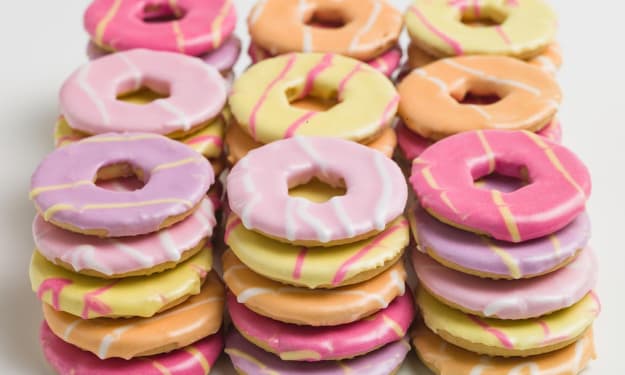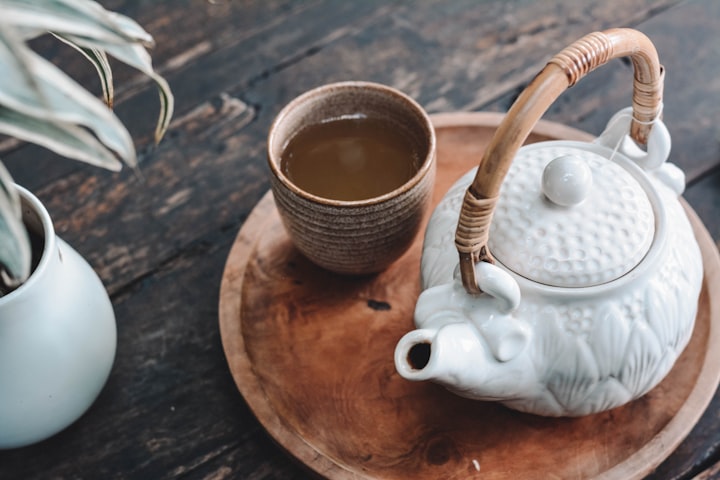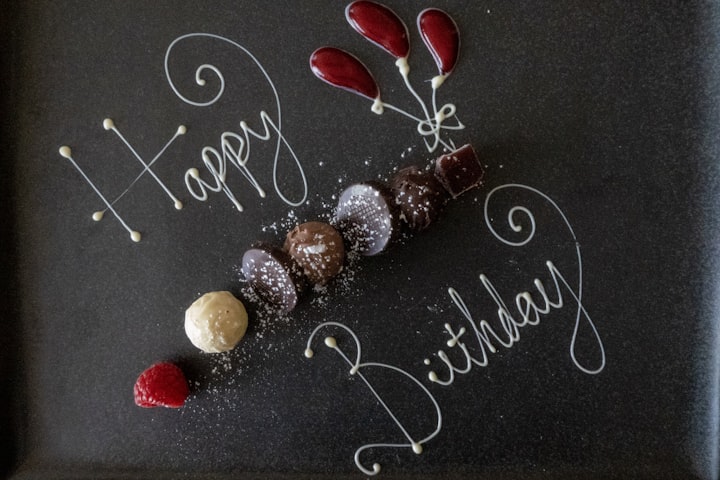Recipe Swap: Victoria Sponge
England's Finest

Nothing is more quintessentially English than the Victoria Sponge. It's up there with afternoon tea, cricket, and The Beatles.
And, like those other typically English things, it appears deceptively simple. However, just because it 'looks' simple, it doesn't mean it is.
Superficially, making a Victoria Sponge is straightforward. Even more so if you just purchase it in a pre-mixed bag (but that's just cheating. And, besides, it never tastes as good, so we're automatically discounting that route).
Regardless of what recipe you choose (and there's a frightening array of variations for something that seems so easy), it appears to be little more than simply measuring out, and then mixing, the specified ingredients, and then baking them for a likewise designated time.
However, for anyone who's ever tasted a 'bad' Victoria Sponge, and that's most of us, it's obvious that even the smallest misstep can render the cake inedible. The slightest misjudgment in measuring and it's a soggy mess; over-cook it by even a few minutes, and you've got something with the consistency of an asteroid.
Precision is key.
And, thanks to my mother (a supremely-talented baker, and cake creator), I know exactly what to do, and in what order. Or, more accurately, my daughters and I know what to do, and in what order. Actually, it's more them; during our baking sessions, my role is largely supervisory. Truth be told, I just do the bit with the oven.
Either way, the three of us follow the strict road-map towards baking bliss as laid down by my mum. Making a Victoria Sponge is fun at the best of times, but it's the perfect activity to do with your children whilst in quarantine. It's also messy, and kids love making a mess: mine certainly do. The fact that you end up with ideal 'comfort food' at the end is an added bonus.
And, because I'm a sharing kind of soul, I'm going to tell you the road we take.
Ingredients first:
8 ounces of sugar.
8 ounces of self-raising flour.
8 ounces of cooking butter.
4 medium eggs.
Vanilla extract / flavoring.
You'll also need 2 x 7 inch cake tins, a large bowl, and a hand-mixer.
Looking easy so far, right? Let's begin:
1. Pour the sugar and butter into your bowl, and mix together for 2 minutes until the mixture becomes fluffy.

2. Add 1/2 of the flour, and 2 eggs. Again, beat for 2 minutes.
3. Add the remainder of the flour, and the final 2 eggs. Beat again, for another 2 minutes.
4. Add a tablespoon of vanilla extract, and whisk again for 60 seconds.
Not wishing to labor the point, but - again - precision is the key. You'll have a chance to improvise when it comes to the filling, and the topping. Don't during the actual preparation: Be disciplined and just stick the above 'rules.'
5. Pour the mixture into your two cakes tins (and make sure you grease the tins beforehand: Please, remember this).
6. Place the tins in a pre-heated oven - medium heat - and cook for 25 to 30 minutes. Really, just cooking the mixture for that time should be enough. But, if you're not sure, take a knife and gently pry the edge of the cake from the side of the tin. If it comes away easily, it's done. If not, another 2 minutes in the oven should do the trick.
7. Remove the 2 halves of the cake from the tins, and place on a wire rack to cool.
While the cake is cooling, it's time to start work on the filling, and topping. Traditionally, the middle of a Victoria Sponge is half butterscotch, half jam. Whilst the top is just a thick-ish layer of butterscotch.
Again, you can buy a small tin or pot of ready-made butterscotch. But, really, there's no need: it's simple to make.
2 ounces of icing sugar, 2 ounces of butter, and a tablespoon of vanilla extract: That's it.
Once the cake is cooled, slaver a layer of jam on the bottom of one half, a layer of butterscotch on the other, and place together. Pour the rest of the butterscotch on the very top. And you're done.

As I said before, there are infinite variations. A drop of food coloring added to the mixture before baking, and your cake can be any hue you choose. We like bright purple, and florescent orange in my home. Instead of butterscotch, you can use chocolate. There's no limit, really, to how you can 'pimp up' this most English of staples.
We tend to stick to the way as laid down by my mother, the basis of which has been used for over 150 years. It works, and the end results are wonderful.
Victoria Sponge: make yourself a cup of tea, put 'Sgt. Peppers...' on, and cut yourself a slice.
It's the most English of ways to spend your 'lock-down.'
----------------------------------------------------------------------------------------
If you've liked what you've read, please check out my other stories and articles on Vocal.
If you've really liked what you've read, please share with your friends on social media.
If you've really, really liked what you've read, a small tip would be greatly appreciated.
Thank you!
About the Creator
Christopher Donovan
Hi!
Film, theatre, mental health, sport, politics, music, travel, and the occasional short story... it's a varied mix!
Tips greatly appreciated!!
Thank you!!






Comments
There are no comments for this story
Be the first to respond and start the conversation.